Garnet Gemstones
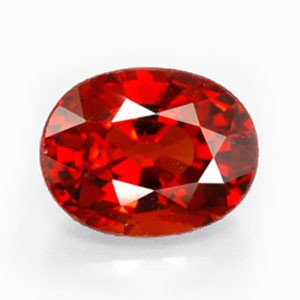
Garnet gemstones are not always red! This fascinating stone comes in a variety of lovely colours – and we adore using them. Here’s what you need to know…
When most people think of garnets, they think of the red stone. These are more common and usually not too expensive. But there are many different types of garnet, some which are rare and valuable. They can range from an intense orange to green in color. Garnets are cut faceted or “en cabouchon”. Pyrope garnets, are usually red, sometimes with a hint of brown. They get their name from the Greek word for “fiery” – pyrope. Pyrope gemstones can be an intense “red” and lively, and can be expensive. Especially larger stones which keep their intense red colour. Within the pyrope group, there are Rhodolite gemstones, which are a deep “mulberry” colour. These can be quite pricey, especially large clear stones.
Tap or click each box to reveal more about these garnet gemstones
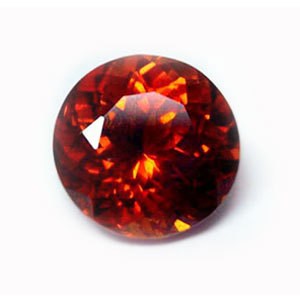
Almandine
The Almandine is more like the colour of red wine – red with a blue tint. These are not always expensive, especially the small stones.
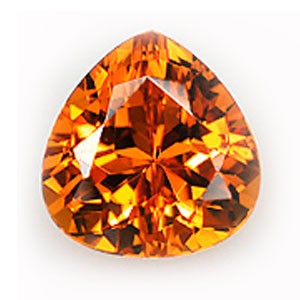
Spessartite Garnet - Orange
Spessartites range from a red-brown colour to an intense orange. The intense orange is quite expensive and often confused with hessonite.
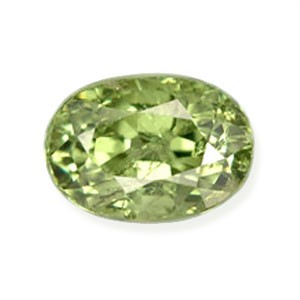
Demantoid Garnet
Demantoids are a lemon yellow to green colour, with an intense “fire”. This is why they are named demantoid – “diamond like”. The most valuable of the garnets.
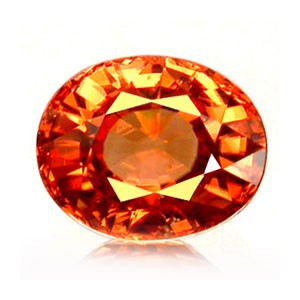
Hessonite Garnet
Hessonites are known as the “cinnamon stone”. It is orange-brown in colour. It is often confused with spessartite, but has a different chemical composition.
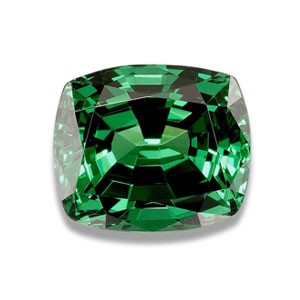
Tsavorite Garnet
Grossular Garnets or Tsavorite, has an electric emerald green colour. It is not usually found in large stones – under half a carat is common. It is found in Kenya and Tanzania.
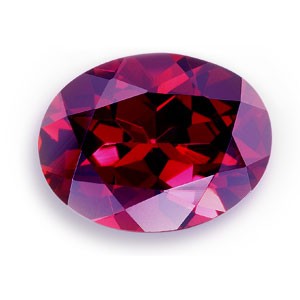
Rhodolite Garnet
Rhodolites are the most intense “mulberry” colour. These can be quite pricey, especially large clear stones.
